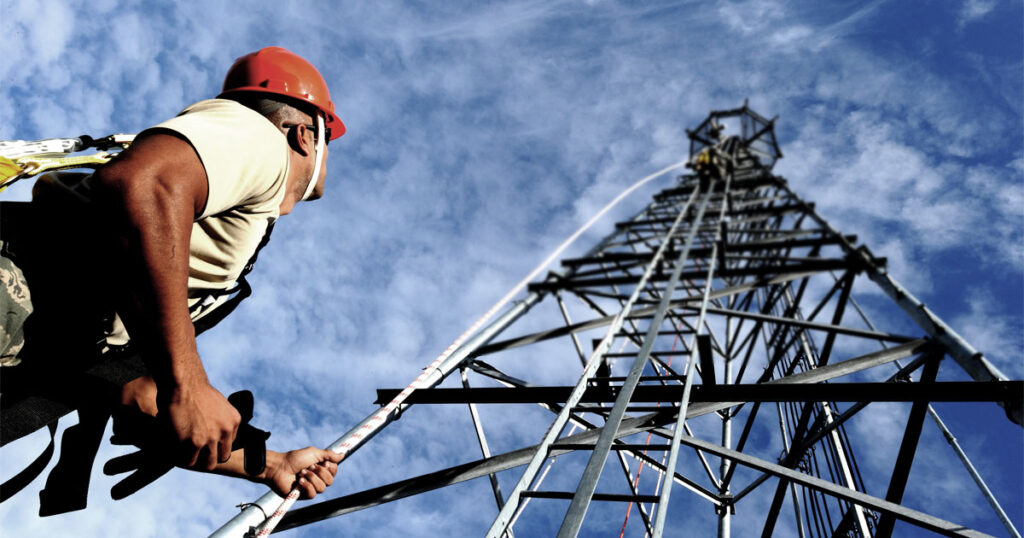Communication infrastructure, including towers, antennas, and network equipment, serves as the backbone of modern connectivity. To ensure consistent and reliable performance, the effective and timely maintenance of these systems is critical. This blog highlights the importance of maintaining communication infrastructure and the benefits it delivers.

Importance of Maintenance
Telecommunication systems are exposed to various external factors such as weather conditions, wear and tear, and technological advancements. Without regular maintenance, these systems can experience performance degradation, leading to connectivity issues and service disruptions. Proactive maintenance ensures that infrastructure operates efficiently, preventing costly downtimes and fostering user satisfaction.
Key Benefits of Timely Maintenance
1. Improved Network Reliability
Routine inspections and maintenance help identify and address potential issues before they escalate. This reduces the likelihood of unexpected outages and ensures continuous connectivity for users.
2. Extended Infrastructure Lifespan
Timely maintenance minimizes wear and tear by addressing minor issues early. This prolongs the life of expensive equipment, reducing the need for frequent replacements and conserving resources.
3. Cost Efficiency
Preventive maintenance is significantly more cost-effective than emergency repairs or complete overhauls. By catching problems early, companies can avoid major financial outlays and allocate resources more effectively.
4. Enhanced Safety
Well-maintained communication towers and equipment pose fewer risks to workers and surrounding communities. Regular checks ensure structural integrity, reducing the chances of accidents and liabilities.
5. Optimized Performance
Maintenance ensures that all components operate at peak performance. This is especially important for meeting growing demands for data and faster internet speeds in a digital-first world.
Steps to Effective Maintenance
- Routine Inspections: Regularly scheduled inspections help identify weak points and prevent system failures.
- Equipment Testing: Using advanced diagnostic tools to test performance and functionality ensures systems meet operational standards.
- Upgrades and Repairs: Replacing outdated equipment and repairing damaged components keep infrastructure aligned with technological advancements.
- Environmental Management: Addressing environmental factors such as rust, corrosion, and vegetation growth around towers can prevent long-term damage.
Conclusion
Effective and timely maintenance of communication infrastructure is vital for ensuring reliable service delivery, reducing costs, and enhancing safety. As demand for connectivity grows, prioritizing regular maintenance will play a pivotal role in supporting seamless communication and fostering technological progress. Organizations that invest in maintenance not only optimize performance but also build trust with users by delivering uninterrupted service.

Hi, this is a comment.
To get started with moderating, editing, and deleting comments, please visit the Comments screen in the dashboard.
Commenter avatars come from Gravatar.